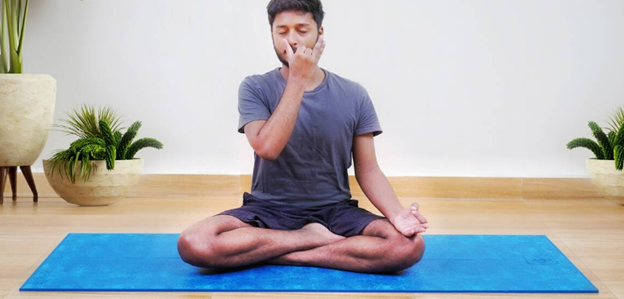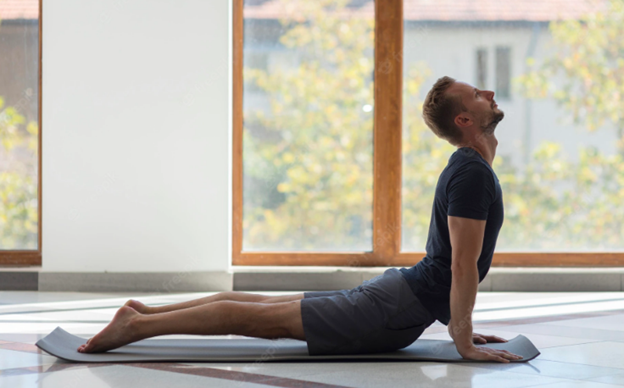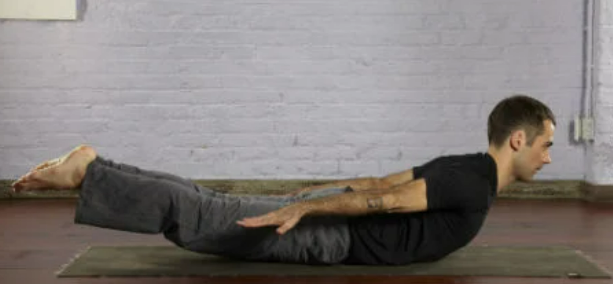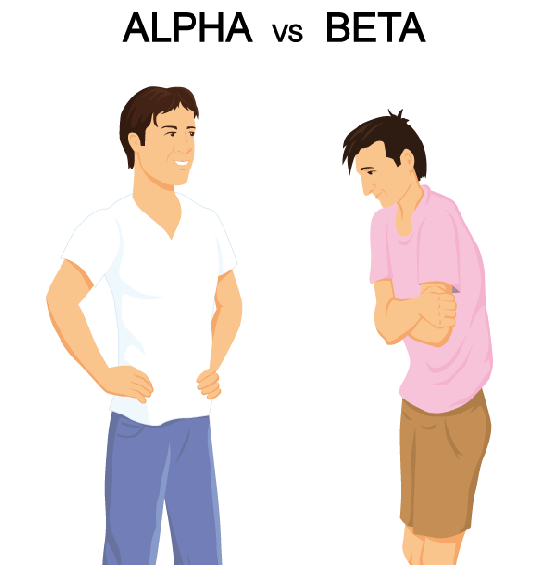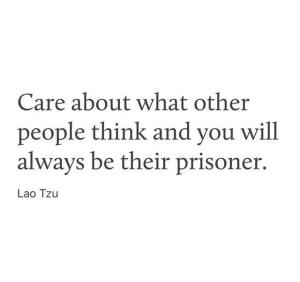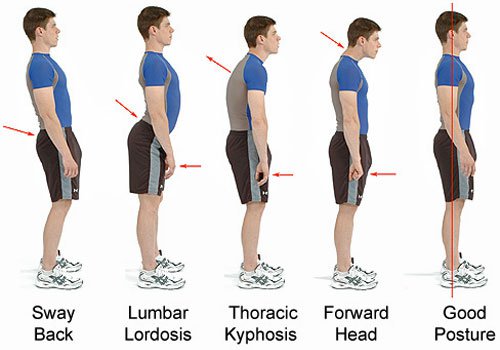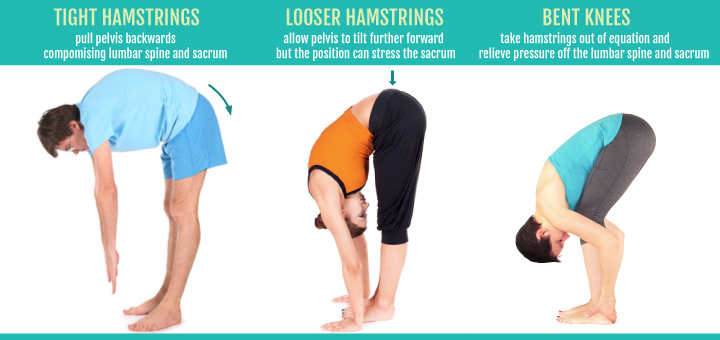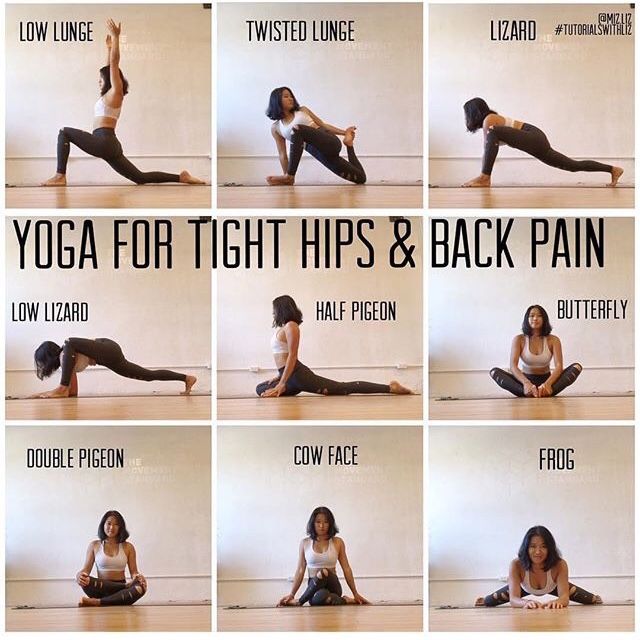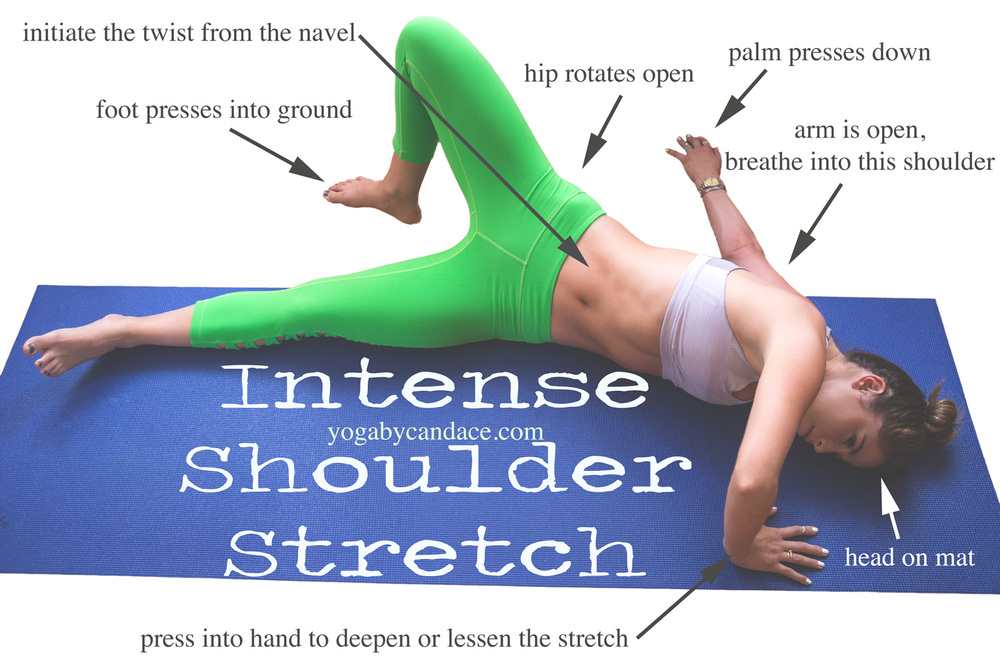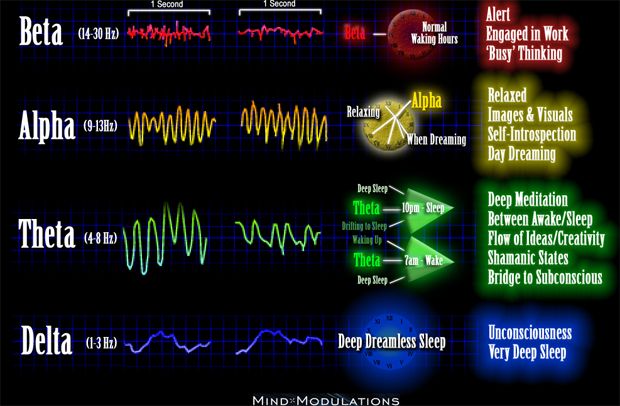(Written & published by Elite Sports)
Your kidneys are helping you run your body. They are located just under your ribs on the back side and help you detox your body as well as balance out the water level in your body. So, right from improving blood circulation to helping you get rid of all the extra salts and toxins that can gather in your body, your kidneys are helping you stay healthy every day. Without proper functioning of your kidney, you will see a lot of toxin buildup which will eventually cause the failure of other organs because your body will find it too challenging to run with all the pollutants. In short, everything that you eat and drink is balanced out by using your kidneys.
Since the functioning of kidneys is vital for our life, it is only fair to pay special attention to their functioning. According to experts, most people who live a very passive lifestyle or have a desk job feel less thirsty. As a result, they drink less water and the functioning of their kidneys gets affected over time. Moreover, you will also notice that by sitting in the same position the blood flow towards the kidney will also be affected. This is the reason eventually kidneys stop working in later life and cause issues linked with other blood-related disorders. According to experts, if you drink enough water throughout the day and exercise so the blood circulation improves, your kidneys will be able to work in a much better way. Since the workout is mentioned most people will link it to intense running and weight lifting but this is not essential, instead you are required to just start with cardio that can improve blood circulation. However, so far the best way to improve the function of your kidneys is if you start yoga. With the help of yoga, you will be able to improve blood circulation mainly in your kidneys and this will further facilitate the detox process as well.
With the help of this article, we will look at some of the best yoga poses that will help you improve the function of your kidneys.
Viparita Karani
This is a simple L shape pose that you will make with your body by using the support of the wall. You will lay down on the ground and make sure your back is straight. Now line up the upper part especially the shoulders just straight against the floor. Now, you will keep your legs against the wall. This will make an L shape. With this pose, the blood will rush to your kidneys making sure it is healed and the blood purification process is fully supported.
Balasana
This pose is also called the child pose or fetus pose. You will get into the crunch ball position where you will fold your knees and bring your legs closer to your chest. After that, you will fold your upper body like you are covering your lower body like a blanket. Make sure to place your arms back rather than keeping your weight on them. When you don’t rely on your arms, the stress will be on the lower body and you will notice the blood rushing to the kidneys.
Bhujangasana
This pose is also known as the cobra pose. For this pose, you will lay flat on the ground and your tummy will be up against the floor. Now with the help of your arms, you will lift the upper body as well. Make sure that when you lift your upper body will also stretch your shoulders and upper back area backward. Also,
when you stretch try to lift and extend your neck area completely so you can see improvement in mobility and flexibility.
Naukasana
This pose is the opposite of the cobra pose and this is known as the boat pose. You will have to start by laying down flat with your back against the floor. Now you will extend your arms and leg fully and then just by relying on your hip and lower back area you will lift the body in the air. This is very good for kidneys as it improves blood flow.
Bottom Line
To sum it all up, it all comes down to the holistic approach that you choose for recovery. If you have already been diagnosed with kidney issues then relying on yoga while quitting your medication and not focusing on your health is not enough. Just relying on yoga will not be good for you even if you think that can speed up your recovery. On the contrary, with the right medication, a good diet, and a workout you will be able to reduce the chance of renal failure. In case there is a disease that is causing renal failure, you must try to resolve that first so you are resolving the issue that is causing renal failure. In most cases, people who have diabetes report renal failure so make sure you get the right treatment for that first.


